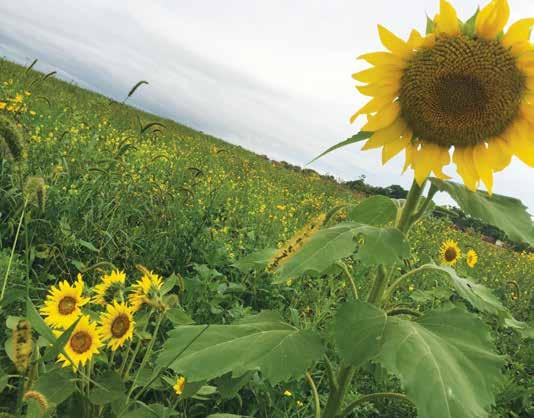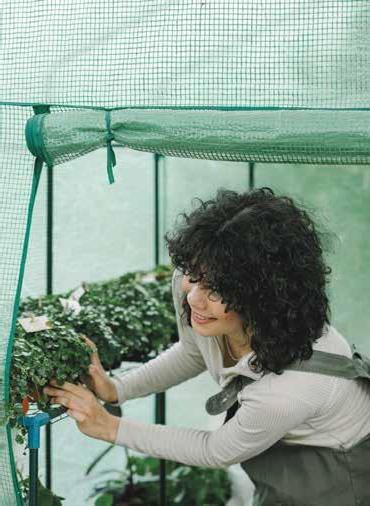Chicago nonprofit FamilyFarmed (FamilyFarmed.org) made regenerative agriculture the subject of the opening symposium at its Good Food EXPO. These three pillars of the ROC label are shared widely by all Good Food Movement advocates:
REGENERATIVE LABEL Enters the Organic Food Arena by Bob Benenson
For nearly a quarter century, the U.S. Department of Agriculture has provided its USDA Organic label to products that minimize chemical inputs and are not genetically modified (GMO). The green-and-white seal helped organic food to grow from a niche to the $50 billion-plus industry it is today.
n SOIL HEALTH: “Use of regenerative practices like cover crops, crop rotation and conservation tillage. Builds organic matter and promotes biodiversity with no synthetic inputs. Excludes soil-less systems.” n ANIMAL WELFARE: “Protects the ‘five freedoms,’ grass-fed and pasture-raised, no concentrated animal feeding operations (CAFO, aka factory farms) or extensive transport, suitable shelter.” n SOCIAL FAIRNESS: “Ensures fair payments and living wages for farmers and farmworkers, safe working conditions, capacity building and freedom of association.”
Photo credits Prairie Wind Family Farm
LONG GROWING SEASON
S
oon, consumers will start seeing another label: Regenerative Organic Certified (ROC). Advocates say it takes organic agriculture’s emphasis on soil health; promotes carbon sequestration in soil, which could reduce the risks of global climate change; and adds other Good Food Movement principles such as animal welfare and fairness to farm workers. The Rodale Institute (RodaleInstitute.org), located in Kutztown, Pennsylvania, has led the effort to promote the concept of regenerative agriculture and began pressing for a regenerative label seven years ago. The Institute touts the ROC label as a “holistic high-bar 26
Chicago
NAChicago.com
standard for agriculture certification.” The Institute sparked the creation in 2018 of the Regenerative Organic Alliance (RegenOrganic.org), a nonprofit “made up of experts in farming, ranching, soil health, animal welfare and farmer and worker fairness.” A pilot project involving 22 farm and food companies launched in 2019 persuaded the Alliance to initiate a formal ROC program which the alliance administers. Regenerative agriculture also captured attention from leading Good Food advocates. The 2018 Natural Products Expo West (ExpoWest.com), in Anaheim, California, had five panels on the topic, and
It will, however, take time before we will know whether regenerative agriculture emerges as “Organic Plus” or becomes an adjunct to the USDA Organic label (as well as another recently launched label, Real Organic, administered by the Real Organic Project [RealOrganicProject.org], which like ROC, is only applied to foods that originate in soil, excluding hydroponic and aeroponic production). The ROC label is just now being rolled out. Alexandre Family Farm (Alexandre FamilyFarm.com), an eco-dairy farm in Crescent City, California, that was part of the pilot project, launched its official ROC label on February 1. The Illinois Stewardship Alliance (ISA; IlStewards.org) is a nonprofit advocacy group with this mission: to find, connect, train and amplify the leadership of farmers and eaters that use their choices and their voices to shape a more just and regenerative local food and farm system. The Alliance is a founding member of the Regenerate Illinois (RegenerateIllinois.org) network of farmers, nonprofits, businesses and researchers. ISA Executive Director Liz Moran Stelk says, “Labels like ROC are essential to re-






